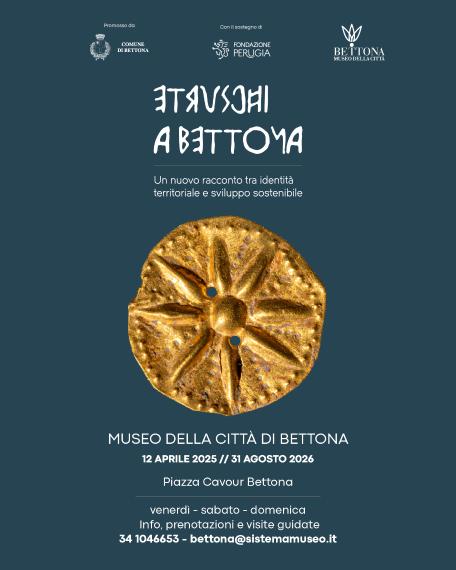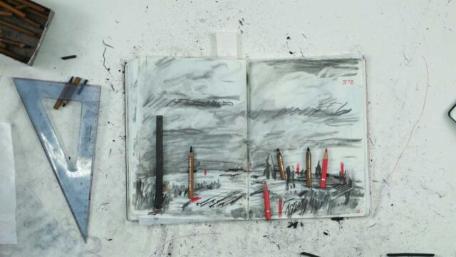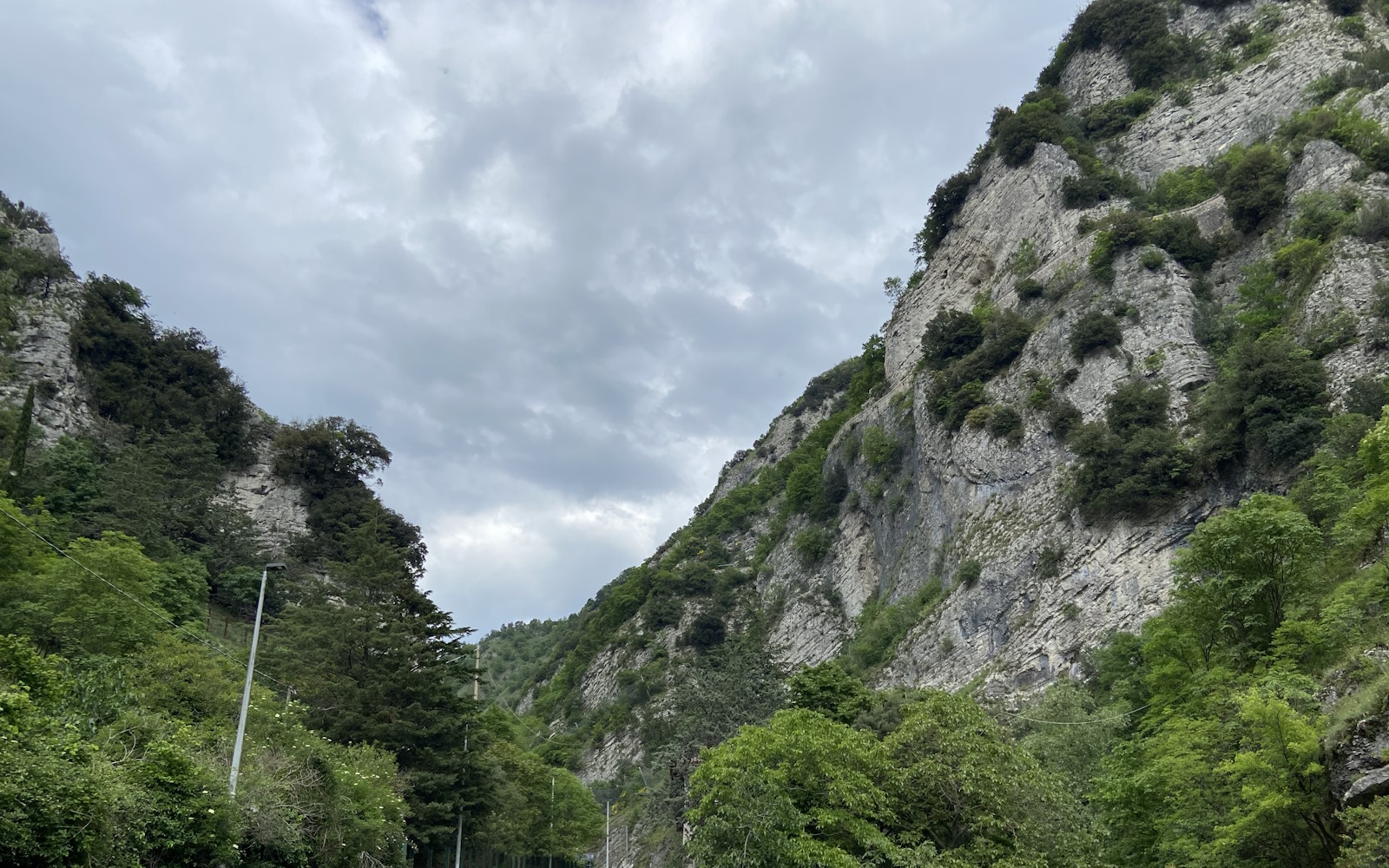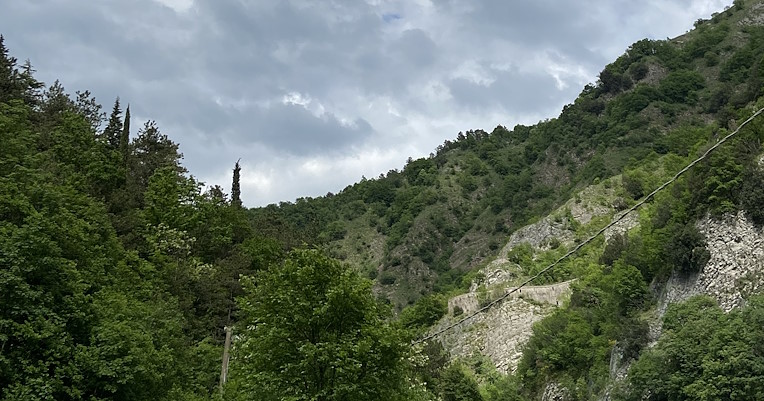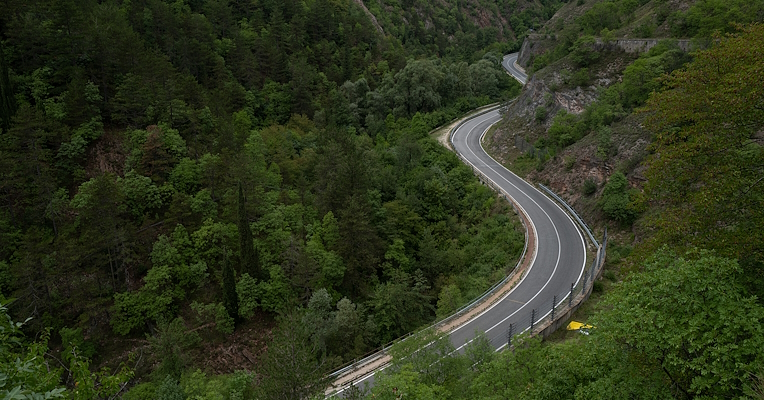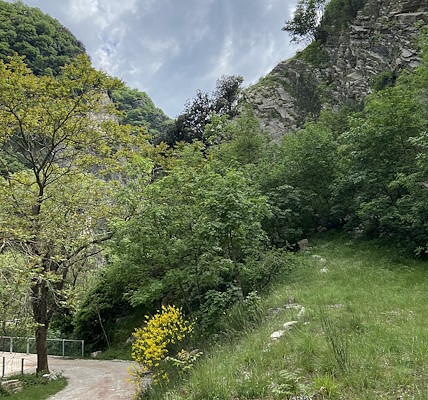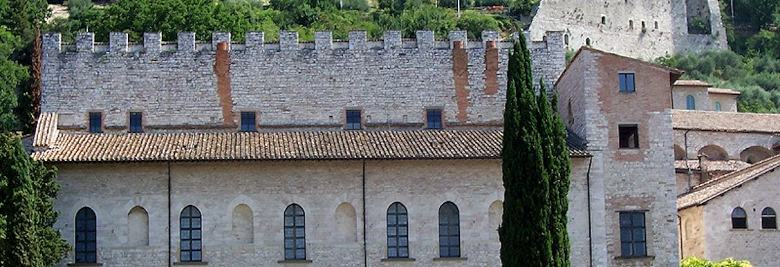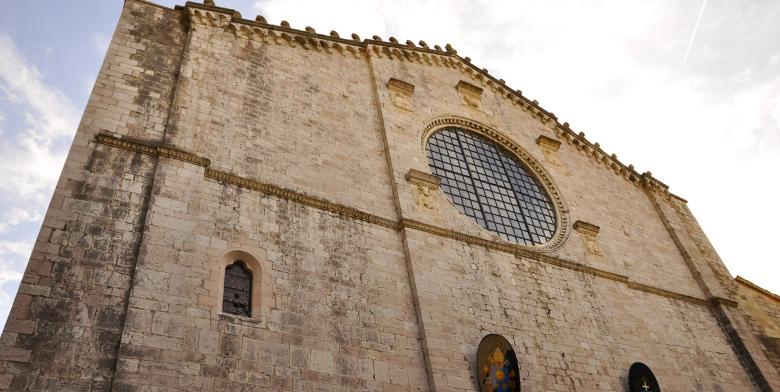The Bottaccione Gorge and the 'extraterrestrial' mineral
The site's fundamental geological value earned it the nomination for Unesco 'Global Geopark' recognition. In 2023, it won the 'Golden Spike' certifying it as a universal reference from 83.6 million years ago.
A look at the rock stratigraphy
The Gola del Bottaccione is a deep incision in the terrain north of Gubbio. The gorge is formed by two vertical walls between the Ingino and Foce mountains, where the Carmignano torrent, at the bottom of the valley, has exerted its slow erosive action over the last three million years.
Still at the bottom of the valley, the winding State Road 298 creeps between the walls; above, one can see part of the medieval aqueduct that brought water to Gubbio from 1300 until the beginning of the 20th century.
The rocks of Bottaccione constitute a stratigraphic sequence that, starting from the Jurassic, reaches the Cretaceous and part of the Tertiary era. In essence, a sort of 'earth archive', as it is sometimes called.
The K/T boundary and the extinction of dinosaurs between the Mesozoic and Cenozoic eras
This 'archive' is peculiar: the layers of rocks tell the story of the evolution of what in the Cretaceous period was a seabed at a depth of about 2,000 metres, to the disappearance of the ocean in the Tertiary era, when the ocean floor began to transform into our Apennines.
The site has always been the subject of study and, after the 1930s, geologists identified a very subtle but distinct element of discontinuity among those rocks: a layer composed not of fossils but of clay that abruptly interrupted the stratigraphic continuity.
The turning point in these studies came in the 1970s, when an American geologist discovered that that line of clay had a very high concentration of iridium, a rare metal on earth but present in cosmic dust.
Similar evidence was found at other sites around the world, proving that at the end of the Cretaceous period, some 65 million years ago, the earth must have been hit by a large meteorite.
The cosmic dust generated by the impact would have lingered in suspension for years, absorbing solar radiation. Plants, in the absence of light, died, or changed their growth significantly. Hence the sudden extinction of many animal species that had inhabited and dominated the planet until then. Among them, the famous dinosaurs.



















